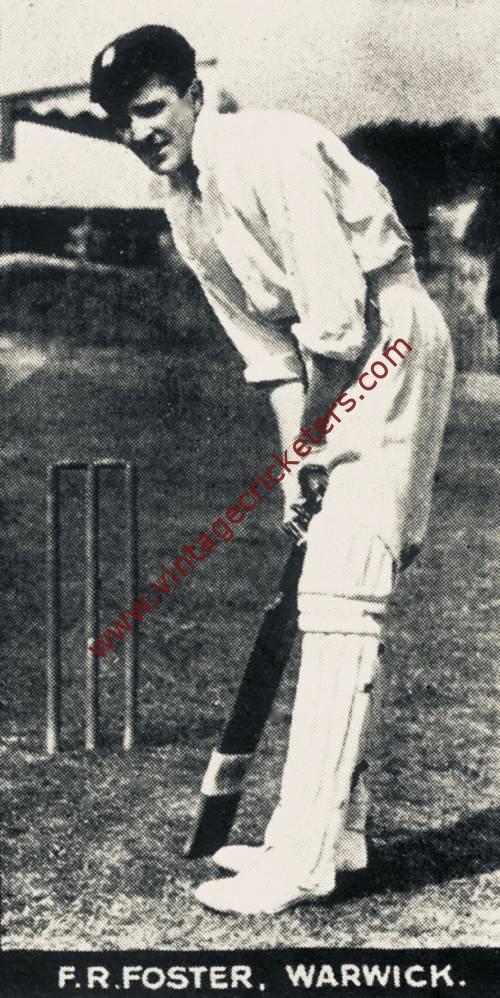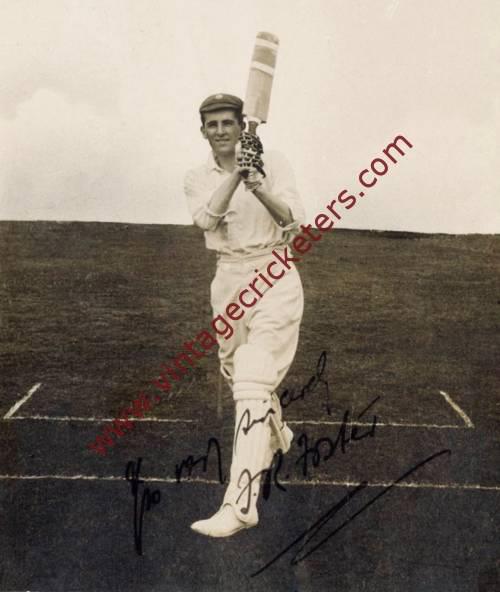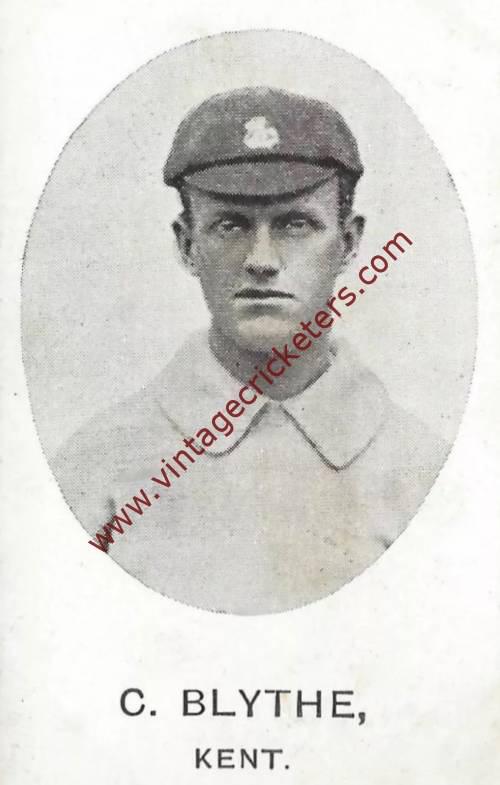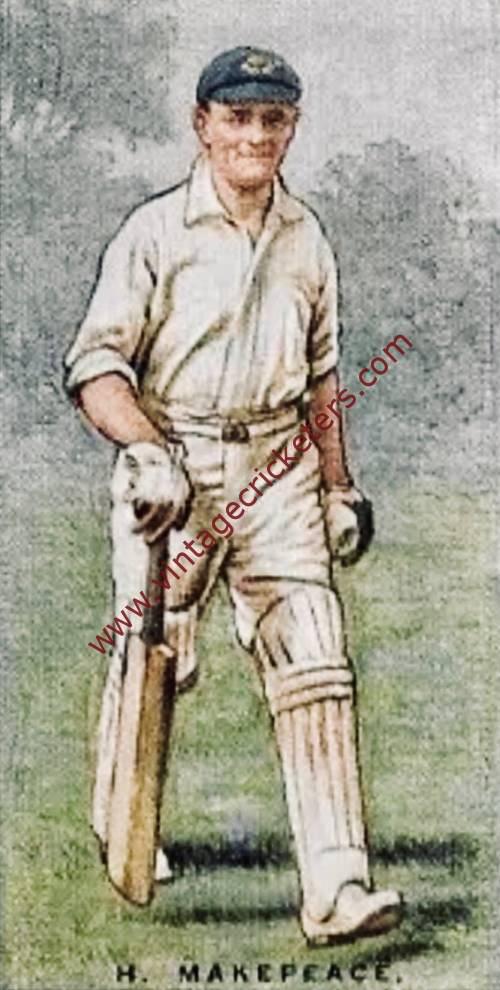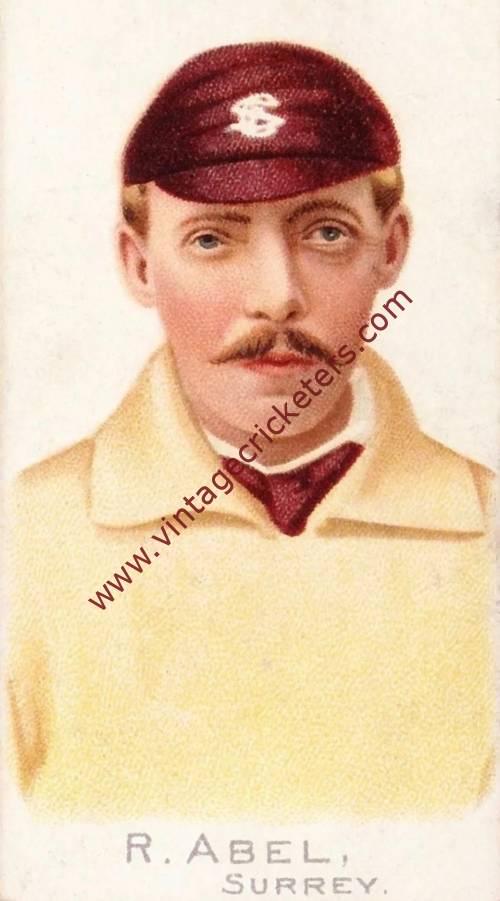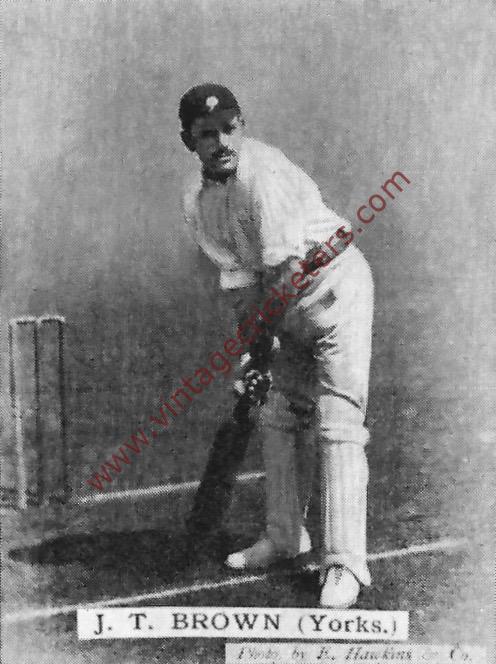Please choose your photo size from the drop down menu below.
If you wish your photo to be framed please select Yes.
Note: 16″x 20″not available in a frame.
Images can also be added to accessories. To order please follow these links
£8.95 – £49.95
Please choose your photo size from the drop down menu below.
If you wish your photo to be framed please select Yes.
Note: 16″x 20″not available in a frame.
Images can also be added to accessories. To order please follow these links
The maximum number of views of this element is reached.
Please contact the webmaster to enable unlimited views.
Birmingham born all-rounder Frank Foster was educated at Solihull School, of Lincolnshire descent, and no relation to the famous Worcestershire Foster family. He was a fast-medium left-handed bowler and could manipulate the release so that the ball could, in the words of a later Wisden, “double its speed upon hitting the ground”. He bowled from very wide of the bowling crease, but was very straight because of the swing inwards his easy body action generated, whilst his height (he was about 6’1″ – tall for that time) allowed him to gain a lot of bounce. As a right-handed batsman, he was very aggressive and a fast scorer with a good range of strokes – most of his major innings were played at over a run a minute – but on difficult wickets his technique certainly had major flaws which he never was able to truly correct, and which cost him dearly at times.
Foster first played for Warwickshire in 1908. In five matches, he took 23 wickets cheaply, but it was thought he was trying to bowl too fast and was overdoing himself. The following year, he became a regular member of the team but was only modestly successful, though for the first time he showed traces of ability as a hard-hitting batsman.
It was in 1910 that he first truly showed signs of his abilities, taking 91 wickets for Warwickshire at a cost of 22 each and in all matches taking over 100 wickets for the first time despite a wet summer that would not suit his bowling. For The Gentlemen against The Players, he took 4-34 in the second innings at The Oval and repeated those figures exactly the following week at Lord’s. This, however, was not a brilliant performance given that the central part of the Lord’s square that year was so worn the ball consistently kept low. However, on good wickets Foster was regarded so highly he played for The Rest of England against Kent (who had dominated the season more completely than any side since Yorkshire in 1901), but he never found his length.
For reasons of business, it was doubted that Foster would play any cricket in 1911 after he had initially accepted the Warwickshire captaincy. Yet, the season became an incredible array of feats for Foster right from the moment he first stepped onto the field. Twice, his use of “change bowlers” captured vital wickets for Warwickshire in early matches, and he did the match double (with 9-118 in the first innings and his maiden century) in a loss to Yorkshire in early June. Whilst he had improved Warwickshire’s fortunes in the unusually hot and dry weather of May, a brief wet spell in June put them back to mid-table by the end of that month.
Remarkably, when the sizzling, dry weather returned, Warwickshire, with Foster and Frank Field making unrivalled use of extremely fast wickets, won match after match – only stopped by a few draws due to heavy scoring – to claim the 1911 County Championship. In this period, Foster scored 200 against Surrey and 105 in an hour against Yorkshire, and achieved such bowling feats as 11-73 at Northampton in the final match. For the whole season, Foster headed both batting and bowling averages for his County, and it was no surprise when he went to Australia for the 1911-12 Ashes tour.
On this tour, Foster used the rock-hard wickets of Australia like few other English bowlers, and his performance in taking 32 wickets in five Tests for 21.62 runs each has seldom been surpassed. On debut in December 1911, he took five wickets in the second innings at Sydney. He batted consistently without making any big scores, though he hit two hundreds in minor matches.
That Warwickshire’s Championship win in 1911 was not a reflection of their ability but of the abnormal weather was doubted by nobody at the time, and 1912, a summer as abnormally wet as 1911 was dry, saw his County fall back to mid-table after winning their first four games. Faults in his batting technique were clearly revealed on slow and treacherous pitches: his average fell from 44 to 19, but Foster again did very well in bowling, taking 5-16 in one Test match against South Africa, 11-87 against Middlesex and 12 wickets against Leicestershire. His final Test match of 11 for England came against Australia at The Oval in August 1912, ending his Test career with a batting average of 23.57 and a high score of 71, one of three Test half centuries, and 45 wickets at a tidy 20.57 apiece, with 4 five wicket innings and a best performance of 6-91.
Yet again, there was talk that claims of business would prevent Foster playing again during 1912, and in 1913 he was, for the only time in his career, a disappointment, even though he hit a brilliant century against Hampshire. However, in 1914 he was back to his superb form of 1911 with the ball, and hit an amazing innings of 305 against Worcestershire to give him a batting average of 34. In the last match, against Surrey, the County Champions, Foster made 81 in the unfamiliar role of opener on a difficult pitch, and took 9-72 (of which eight were clean bowled).
An war time motorcycle accident in 1915 made sure Foster would never be able to resume playing cricket when the War ended in 1919. His memoirs were published in 1930. In 159 first class matches be hit 7 centuries and 35 half centuries, his best innings being 305 not out against Worcestershire at Tipton Road in 1914, still the third highest individual score for Warwickshire, averaging 26.61. He took 717 wickets at 20.75 apiece with 8 ten wicket matches and 53 five wicket innings.
| Weight | N/A |
|---|
